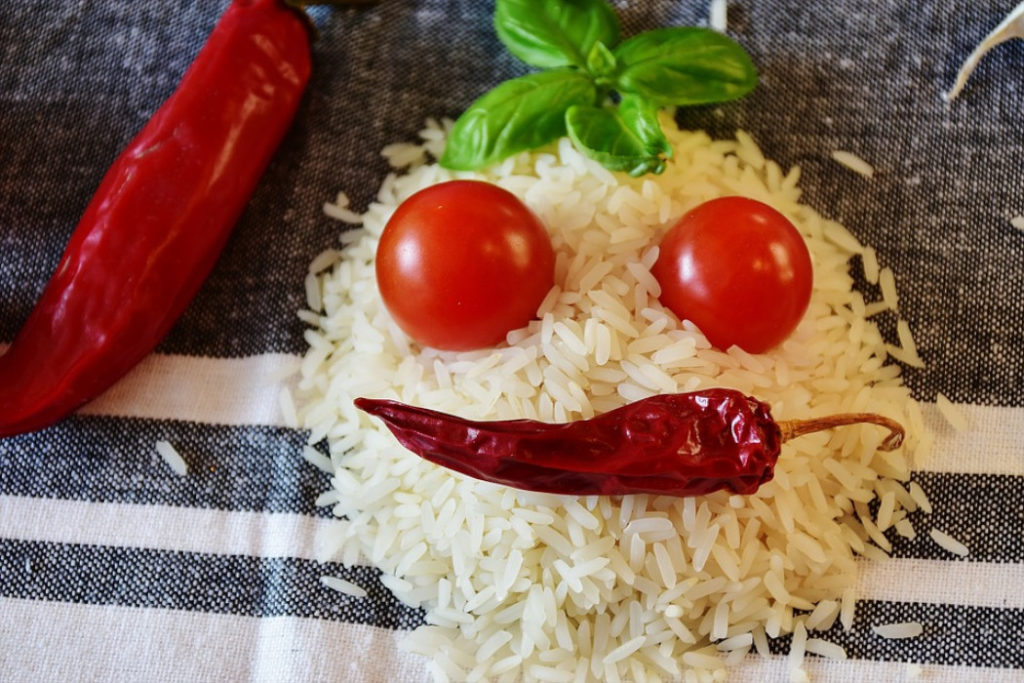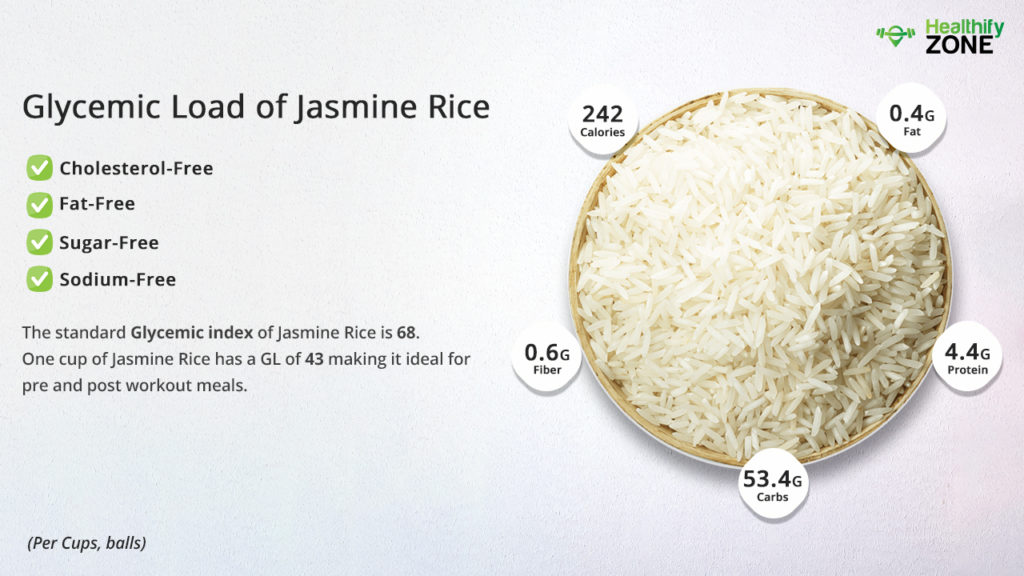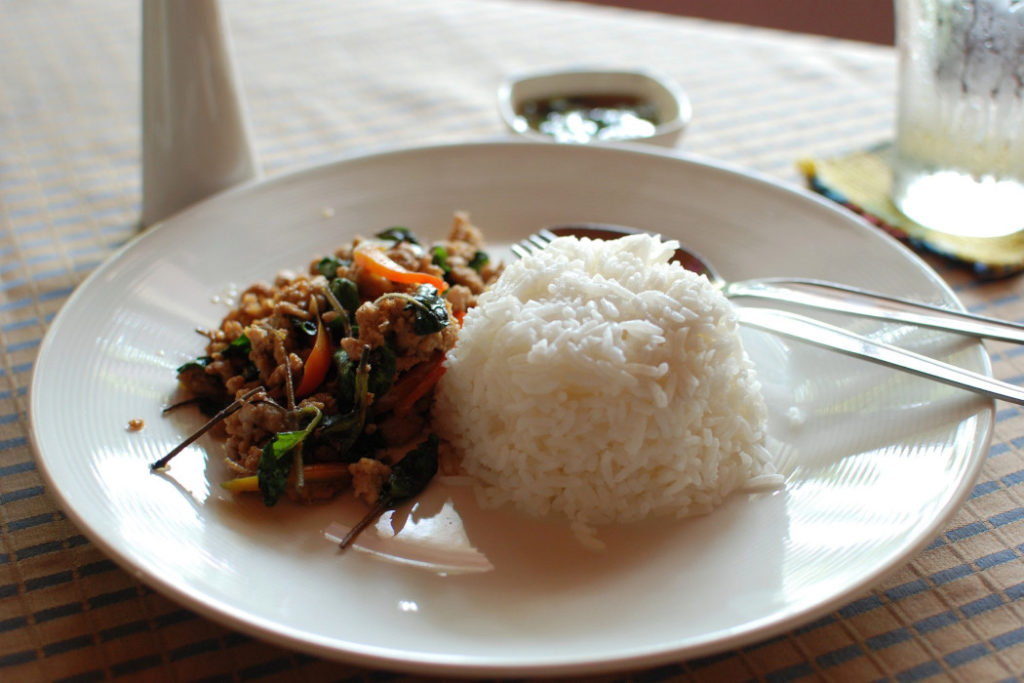The level of carbohydrate present in food is measured by Glycemic Load. It also measures the pace with which it increases blood glucose levels. The Glycemic Index provides a number to each food item. This shows how the food item affects your blood glucose levels. This is a simple way to find alternative sources of nutrients given your blood sugar. Glucose has a higher blood glucose response in comparison to fructose.
Jasmine rice is also known as Thai fragrant rice and is aromatic long-grain rice. It comes in various colors, and each of the colors has a slightly different nutrient profile. Rice is a staple food in various countries and is rich in nutrients. Brown jasmine rice is slightly less processed than white rice. This is like all other grains and has its husk removed- and not the bran and germ, which ensures that fiber and nutrients are intact in the final product. According to the International GI Tables, it has a GI of 68, which is high.

Jasmine Rice is an aromatic long rice, and it comprises healthy nutrients like
- Fiber
- Iron
- Thiamine
- Niacin
How to Calculate Glycemic Load of Jasmine Rice?
The standard Glycemic index of jasmine rice is 68. The high glycemic index of the fruit helps in reducing the risks related to cardiovascular diseases. If we want to talk about diet, the key to prevent diabetes or any chronic illness is to distribute the carbohydrate consumption content throughout the day and manage the sugar levels in the body correctly— small portions of jasmine rice with curries can be a good option for pre-workout meals.
The Formula/Procedure For Calculation of Glycemic Index of the Jasmine Rice :
GL = GI * carbs / 100
where
- GL – glycemic load;
- GI – glycemic index;
- and carbs – the amount of carbohydrates in the portion.

| SL.NO | WATERMELON BY WEIGHT IN (g) | GLYCEMIC LOAD |
| 1. | 100 g of Jasmine Rice | 26.25 (low) |
| 2. | 250 g of Jasmine Rice | 65.6 (medium) |
| 3. | 500 g of Jasmine Rice | 131.25 (high) |
| 4. | 1 Kg of Jasmine Rice | 262.5 (very high) |
| 5. | 1 Cup of Jasmine Rice (150 g) | 43.7 (low) |
| 6. |
Is Jasmine Rice Safe to Consume If You Have Diabetes?
Jasmine Rice, much like all the other kinds of rice, has a high glycemic index. Even if you choose brown jasmine rice, it has a higher glycemic index, which will cause an instant spike in blood sugar levels, which is the worst for people who have diabetes. It is essential that you maintain and manage your blood sugar levels and avoid food items that will cause an increase in blood glucose levels. That given, you should avoid jasmine rice.
Can I Eat Jasmine Rice During a Fat-Loss Diet?
You can consume a little Jasmine Rice during a fat-loss diet. However, have it in very small quantities of like 50 g. Do not overdo it.

- A 50 g serving of jasmine rice has a GL of 13.12 which is in the permissible levels.
- You must not consume anything more than 100 g of Jasmine rice in one serving.
Can I Eat Jasmine Rice During a Low-Carbohydrate Diet?
You can eat very small portions of jasmine rice when you are on a low carbohydrate diet. However, you must not consume it regularly and make it a rare occasion.
Is Jasmine Rice High in Sugar?
Jasmine Rice has a higher calorie count than white rice. 1 cup that is 140 g has 39 g of carbs and has no sugar. Even though it has no sugar, it has high carb content, eventually breaking down into sugar. So, it is suggested that jasmine rice must be consumed in moderation.